Deck & Commander Strategies
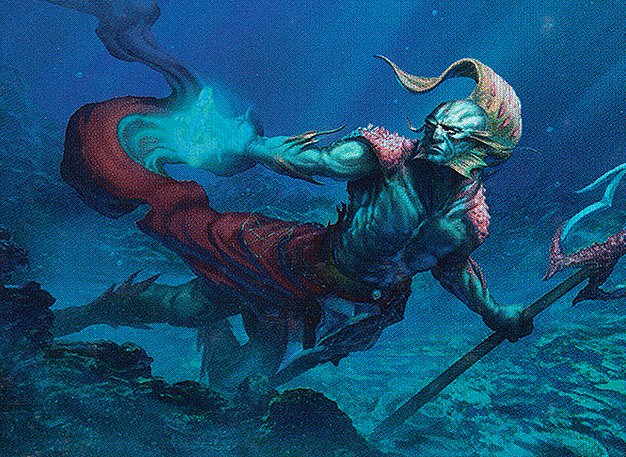
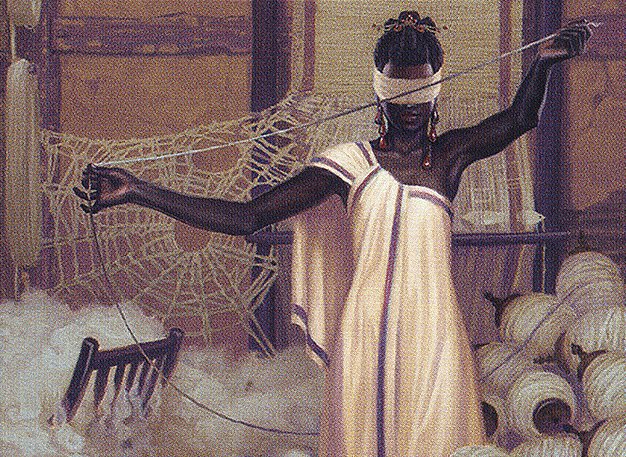
Thrasios, Triton Hero & Tymna the Weaver
Utilizes ramp, efficient mana rocks, and incremental card draw through combat damage and life payment to assemble combo pieces and outvalue opponents.
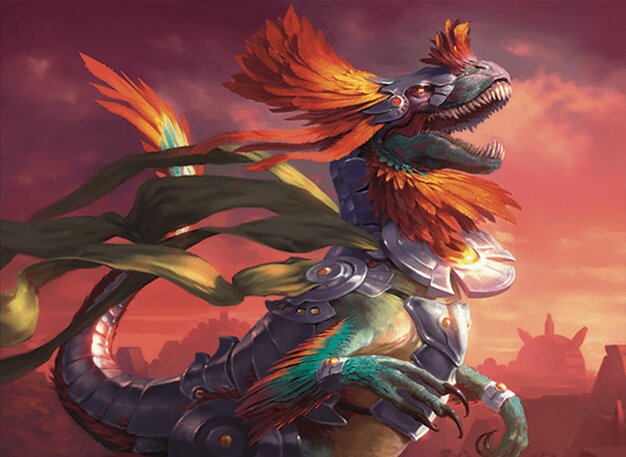
Pantlaza, Sun-Favored
Focuses on dinosaur tribal synergies with protection spells to keep threats on the board and apply pressure while disrupting opponents.
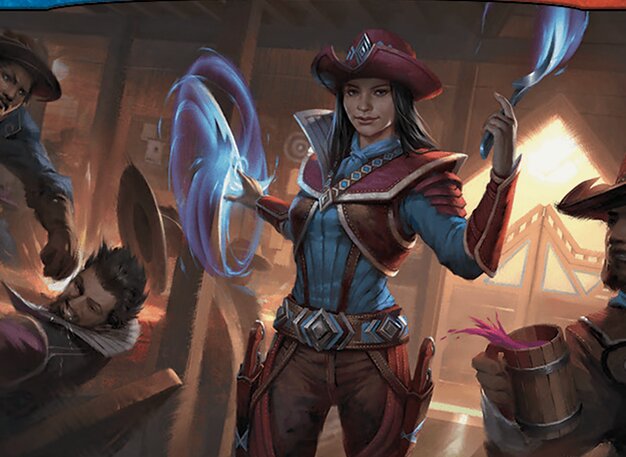
Stella Lee, Wild Card
A toolbox deck leveraging tutors to find key creatures and spells like Ragavan and Seaborn Muse to generate card advantage and tempo.

Korvold, Fae-Cursed King
Sacrifice and treasure generation deck that converts resources into card draw and board presence, aiming to overwhelm opponents with value and incremental damage.
Gameplay Insights
- 1
Players carefully managed early life payments and treasure generation to maximize tempo while preserving key creatures.
- 2
The use of tutors to find specific creatures and combo pieces was pivotal in shifting board state and maintaining pressure.
- 3
Combat decisions were nuanced, with players choosing when to trade or hold back blockers to maintain card draw engines or preserve threats.
- 4
Korvold's sacrifice strategy forced opponents to consider removal carefully as it could fuel his card draw and board development.
- 5
Incremental card draw from commanders' triggers and artifacts like Chrome Mox and mana lands provided a steady stream of resources to enable complex plays.
Notable Cards
-

Chrome Mox
-
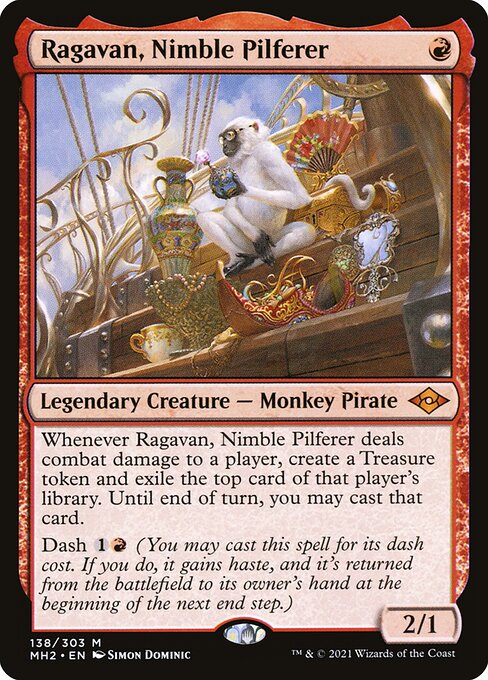
Ragavan, Nimble Pilferer
-

Twisted Abomination
-

Command Beacon
-

Worldly Tutor
-
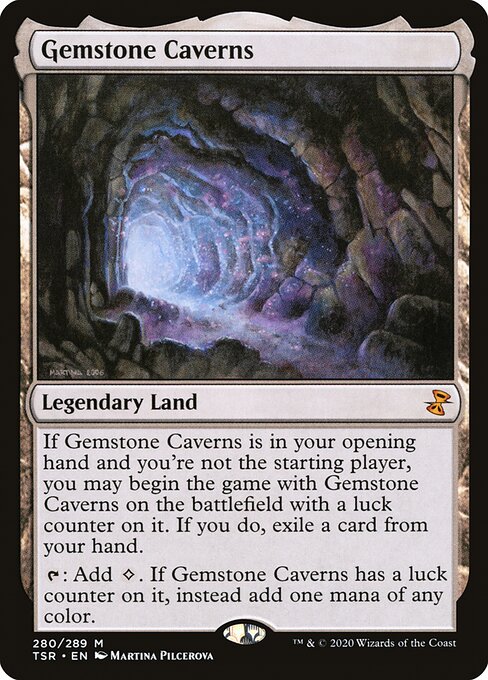
Gemstone Caverns
Gameplay Summary
The game began with players establishing their mana bases and early board presence.
The Thrasios/Tymna player focused on ramp and card advantage, leveraging Chrome Mox and various mana lands while slowly assembling their combo pieces.
Pantlaza used dinosaur synergies and protection spells like Allosaur Shepherd to secure their creatures and pressure opponents.
Stella Lee developed a toolbox strategy, tutoring essential cards like Seaborn Muse and deploying threats such as Ragavan.
Korvold utilized sacrifice outlets and treasure generation to maintain a steady economy and card draw, threatening to overwhelm opponents with value and incremental damage. Key turning points included the casting of powerful creatures like Ragavan and the use of tutors to find game-winning pieces like Twisted Abomination and Seaborn Muse.
Multiple players leveraged their commanders' abilities to generate card advantage and incremental advantages, such as Tymna's life payment draws and Korvold's treasure tokens.
The game featured tense combat where players debated blocking and trading creatures to minimize threats or preserve engines.
Ultimately, the game leaned heavily on resource management, interaction, and incremental advantage rather than quick combos, with the players jockeying to assemble their preferred win conditions while disrupting others.







































